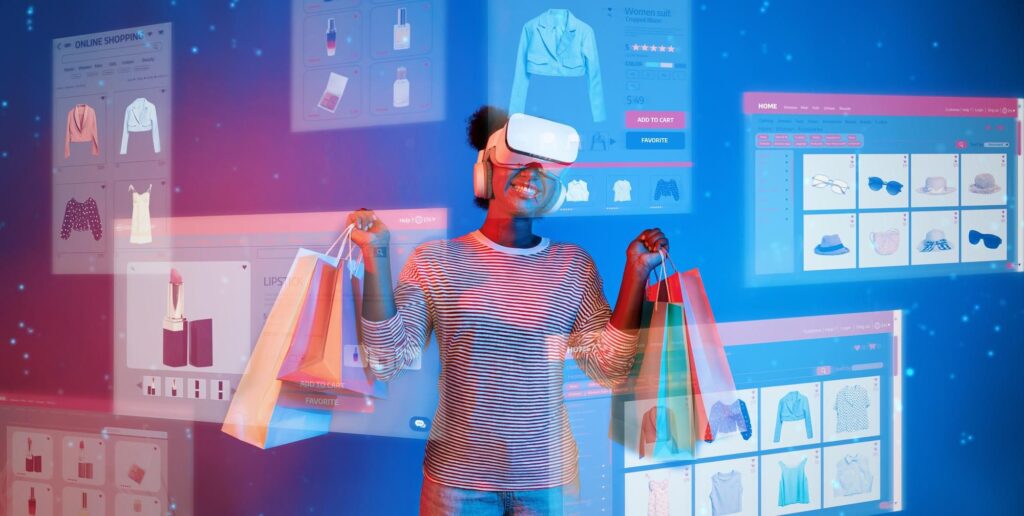Introduction: The Marketing Maze That AI is Helping Navigate
Marketing has always been part art, part science. But in today’s digital-first world, it’s become a complex maze of data, platforms, customer journeys, and shifting behaviors. Traditional marketing methods—broad campaigns, generalized personas, and manual A/B testing—are struggling to keep up.
Here’s the problem:
Marketers are drowning in data but starving for insight.
Without the right tools, identifying patterns, predicting customer behavior, or optimizing spend can feel like flying blind. That’s where AI and Machine Learning come in—not as buzzwords, but as business-changing tools.
The ML Solution: How AI Predicts, Personalizes, and Powers Performance
Let’s break down how AI transforms marketing through three core techniques:
🔍 1. Predictive Modeling: Seeing Tomorrow’s Customers Today
Using historical data—like browsing history, purchase patterns, and engagement metrics—AI models predict what a customer is likely to do next.
- Will this user churn soon?
- What’s their next likely purchase?
- When are they most likely to convert?
These models help brands proactively engage users with offers, reminders, or messages at exactly the right time—maximizing the chance of conversion.
For example: A user frequently browses shoes but never buys. Predictive models identify this behavior and trigger a limited-time discount—resulting in a purchase.
🧬 2. Intelligent Segmentation: More Than Just Demographics
Traditional segmentation uses age, location, or gender. But ML-based segmentation groups users based on behavior, intent, and value.
- Clustering algorithms analyze large datasets to find hidden customer segments.
- Each segment gets personalized messaging based on their likely actions and interests.
Result? Campaigns are laser-focused, increasing relevance and reducing wasted ad spend.
🤖 3. Recommendation Engines: Netflix for Products
You’ve seen this in action: “You may also like…” or “Frequently bought together.” These aren’t random suggestions—they’re powered by collaborative filtering and content-based filtering techniques.
- Algorithms learn from each user’s interaction and suggest the next best product or piece of content.
- They update in real-time, adapting to changing tastes.
The more data they get, the better they perform—leading to a flywheel of improvement and increased sales.
Real-World Example: How Netflix and Sephora Use AI to Win
🎬 Netflix: Content Personalization on Steroids
Netflix uses machine learning to personalize nearly every part of the user experience:
- Custom thumbnails based on your viewing history
- Tailored content recommendations
- Predictive ranking of shows based on your preferences
Result: Over 80% of watched content comes from recommendations. That’s the power of predictive personalization.
💄 Sephora: A Beauty Brand Powered by AI
Sephora leverages AI to:
- Personalize emails and product recommendations based on purchase history and skin type
- Power their Virtual Artist app, which uses AI to help customers try on makeup virtually
- Optimize inventory and supply chain using predictive analytics
Result: Higher customer satisfaction, better conversion rates, and increased loyalty.
The Outcome: What AI Delivers for Marketers
When implemented effectively, AI doesn’t just save time—it drives real, measurable business results:
| Metric | Pre-AI | Post-AI Impact |
|---|---|---|
| Campaign ROI | 1.5x | 4–5x improvement |
| Customer Retention | 60% | 80%+ with AI triggers |
| Email Open Rates | ~15% avg | 30%+ with AI timing |
| Ad Spend Efficiency | Poor targeting | 2x better optimization |
AI lets marketers shift from spray-and-pray to predict-and-serve—delivering content people actually want, exactly when they want it.
Final Thoughts: Why Predictive Marketing is a Must-Have in 2025
In 2025, marketing without AI is like navigating with a paper map while your competitors use GPS.
With the volume of customer data increasing every day, AI is no longer optional—it’s essential. Brands that embrace AI in marketing are seeing:
- Deeper customer insights
- Smarter ad spend
- Higher lifetime value (LTV)
- A clear edge over competitors
Ready to bring AI into your marketing game plan?
Start small—implement a recommendation engine, or use AI to optimize email timing. Then scale from there.
Because the future isn’t just data-driven—it’s AI-powered.





